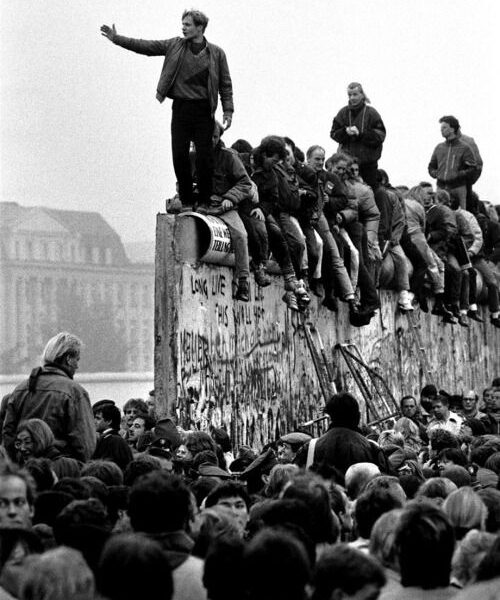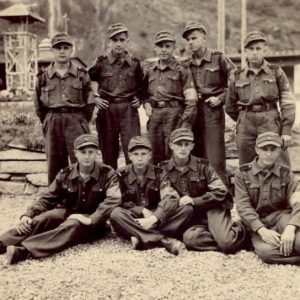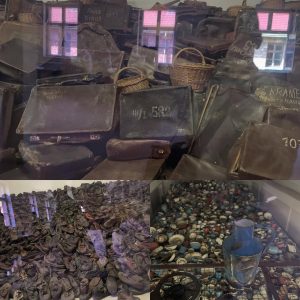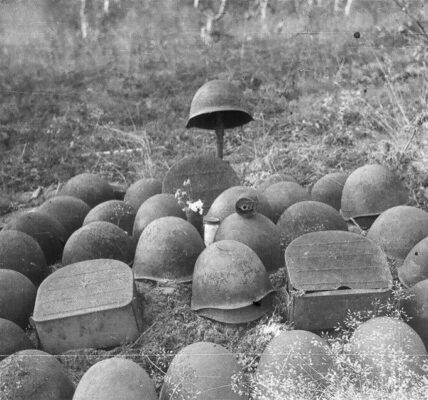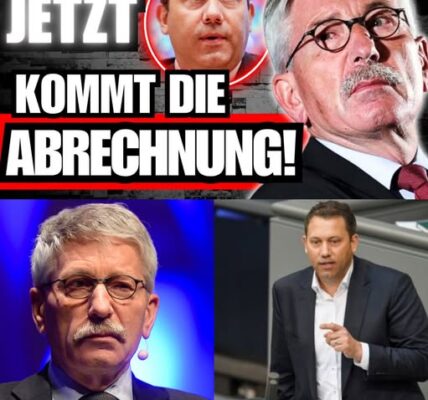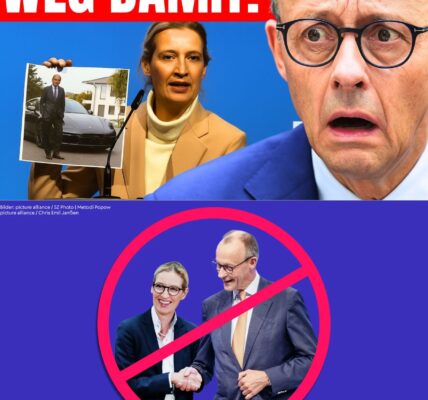
On November 12, 1989, just days after the historic fall of the Berlin Wall, Berlin’s Potsdamer Platz was transformed into a place of boundless jubilation. Where barbed wire, watchtowers, and the impenetrable concrete wall had dominated the scene for decades, crowds now thronged to celebrate the end of the division of Germany and Europe. Photographs from that day show men, women, and children dancing on the remains of the wall, laughing into the cameras, and embracing one another—scenes that still symbolize regained freedom today.
Hardly anyone could have imagined the events of that November day. Since 1961, the Berlin Wall had brutally divided the city, torn families apart, and profoundly shaped the lives of people on both sides of the border. Suddenly, however, the Wall had fallen – triggered by popular pressure, demonstrations, courageous cries for freedom, and ultimately, by the overburdening of the GDR system. Although November 9, 1989, is considered the official day the Wall fell, the days that followed were at least as moving. For now, people experienced that the impossible had actually become reality.
Potsdamer Platz, once a vibrant center of the city, had become a wasteland over decades—a no-man’s-land between East and West. Now, this very spot became a meeting place of hope and new beginnings. People from East Berlin streamed across the border, many with tears in their eyes, while West Berliners welcomed them with flowers, banners, and champagne. Songs rang out, freedom was celebrated, and the atmosphere was filled with a sense of new beginnings.
Particularly touching were the encounters between relatives and friends who hadn’t seen each other for years. Older people who had almost given up hope of seeing their family members again embraced each other. Young people took the opportunity to spontaneously dance on the remains of the Wall or chip off small pieces of concrete as a memento. Many of these “Wall Pieces” are still kept as personal relics or displayed in museums.
But the images from November 12, 1989, are not just snapshots of joy and emotion—they are also historical documents of an epochal change. The dissolution of the bloc confrontation, the end of the Cold War, and the beginning of German reunification were reflected in the happy faces of these people. In a sense, Potsdamer Platz was a mirror of Europe on that day: a continent that finally had the chance for peaceful unification.
Of course, there was also a sense of uncertainty during those days. Many wondered what would happen next: Would the GDR be reformed or disappear completely? How could the economic gaps between East and West be bridged? But on November 12, 1989, jubilation prevailed. For people, it was the day when mental walls and concrete walls crumbled.
Historians often describe the scenes at Potsdamer Platz as one of the most emotional high points in postwar German history. It was not just a political event, but a deeply human one. The photos capture the relief in people’s faces, the excitement, the unbridled joy. A chapter of oppression had ended, and the people knew: they themselves had brought about this change through their courage and perseverance.
Today, more than three decades later, November 12, 1989, is still remembered as a day of hope and solidarity. Potsdamer Platz has since become a modern center of Berlin again—with high-rise buildings, cinemas, and cafés. But anyone walking across this square still senses its history. Memorial plaques, exhibitions, and the few remaining remnants of the Wall recall that moment when Berlin and Germany became one again.
The image of the celebrating people on the remains of the Wall is not only a testament to the year 1989, but also a symbol of the triumph of freedom and humanity over oppression and division. It reminds us to this day that even walls that seem insurmountable can one day fall—if the will for change is strong enough.
